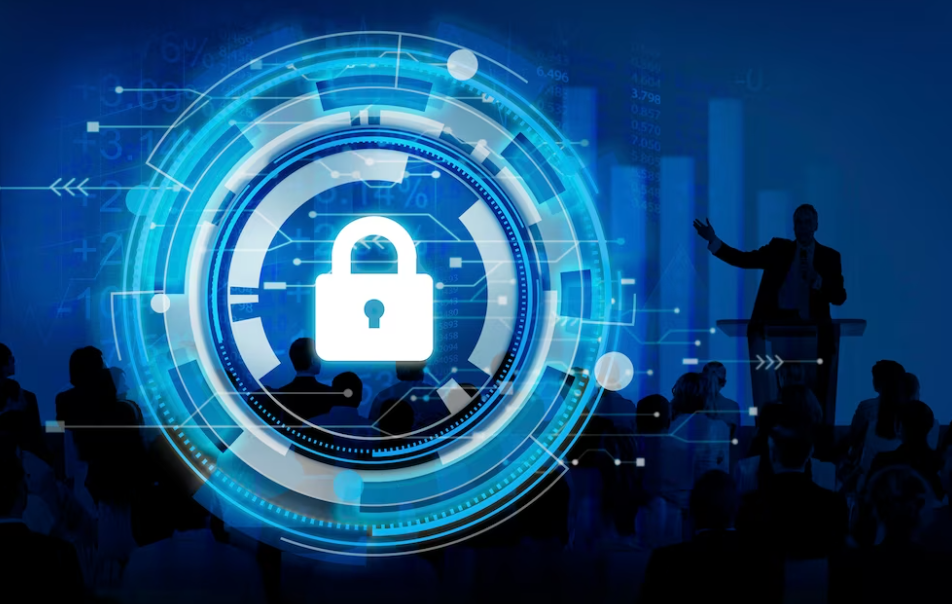Data security is a top priority for any company, but it’s especially important for organizations that use a content management system. Content management systems (CMS) are powerful tools that can help you store and manage your data more efficiently, and in many cases they also make it easier to share information with others in your organization or with customers. However, as we’ve seen from stories about data breaches over the last few years, these same tools can put your data at risk if they’re not configured correctly. This post will show you how to configure your CMS so that you can have both the benefits of using a CMS without compromising on data security.
Data security is important to any company that uses a content management system. It’s important at every step of the content management lifecycle and can be affected by encryption, user authentication and deduplication.
Encryption is one way to protect data in transit between your organization and its cloud provider or employees’ devices. User authentication helps ensure only authorized individuals have access to sensitive information by requiring users to log in with their username/password combination before accessing sensitive data stored on the CMS platform or other systems within your organization’s network perimeter (e.g., firewalls). Deduplication refers to eliminating duplicate records from being stored on disk drives; this reduces storage requirements while also preventing accidental loss of valuable information due to accidental overwriting during file uploads/downloads.
Data security is important at every step of the content management lifecycle.
The planning stage: Data security begins with planning, including developing policies and procedures that align with your organization’s mission, goals, and objectives.
The implementation stage: When implementing a new CMS or updating an existing one, you should consider data security from start to finish–from planning through disposal. For example:
Make sure that all users have strong passwords; don’t reuse them across systems or accounts (this includes email addresses).
Create separate user accounts for each person who needs access to the system; restrict their privileges accordingly so they can’t cause damage unintentionally by misusing their limited permissions or accidentally revealing sensitive information about other users’ personal details like birth dates or social security numbers in emails sent out by mistake through these accounts’ email addresses.
Data security is important at every step of the content management lifecycle. It’s a good idea to consider these key elements that affect data security when designing your CMS:
Encryption. Data should be encrypted before it leaves your device and decrypted only when it reaches its intended destination, such as when you upload an image or file to your CMS. This prevents attackers from accessing sensitive information in transit.
User authentication (username/password). You can’t have strong data security without strong user authentication! When users create accounts on your site, make sure they have unique usernames and passwords so that others can’t access their accounts if they forget those credentials later on. You can also use multi-factor authentication (MFA) where possible; this means requiring more than just a username/password combination before granting access into sensitive areas within the system such as editing permissions or data entry screens where confidential information will be entered manually by users rather than automatically through API calls etc., e.,g., credit card numbers).
Duplicate Data
Deduplication is the process of removing redundant data. This can reduce storage requirements and improve performance, but it also helps improve security and compliance with regulations like GDPR.
Deduplication works by comparing all files on a system with each other, looking for duplicates within them. If there are any matches, only one copy will be stored on disk rather than two or more copies being stored separately (and therefore occupying space).
Duplicate content is often an issue with companies using multiple content repositories that aren’t integrated properly. At intellective we often see companies with disparate systems spending a large amount of money not only on housing this information, but money spent on manpower trying to locate information when it is needed. Information that is in multiple places opens a company up for issues with compliance or updating older files. By getting rid of duplicate information, you can streamline workflows, adhere to regulations better, and reduce content storage costs.
Conclusion: So how do you make sure your CMS is secure?
If you’re looking to tighten up security in your content management system, it’s a good idea to talk to a integration specialist, like Intellective . They can help you decide where the weak link in your chain is and the easiest way to fix it. That may be a all-in-one connection tool like Unity or migrating information from one CMS to another to completely get rid of outdated systems. Ultimately the time and money spent on this process will save your company countless headaches.

